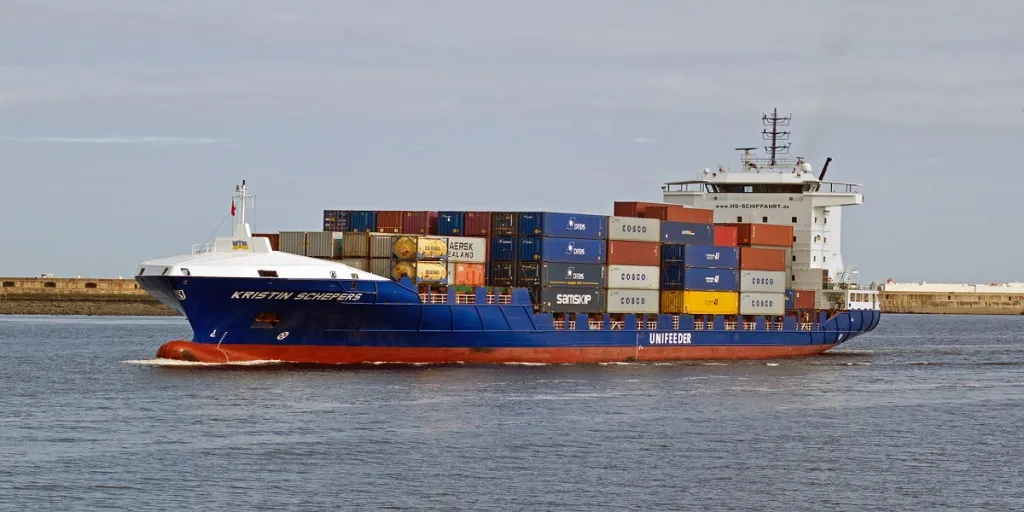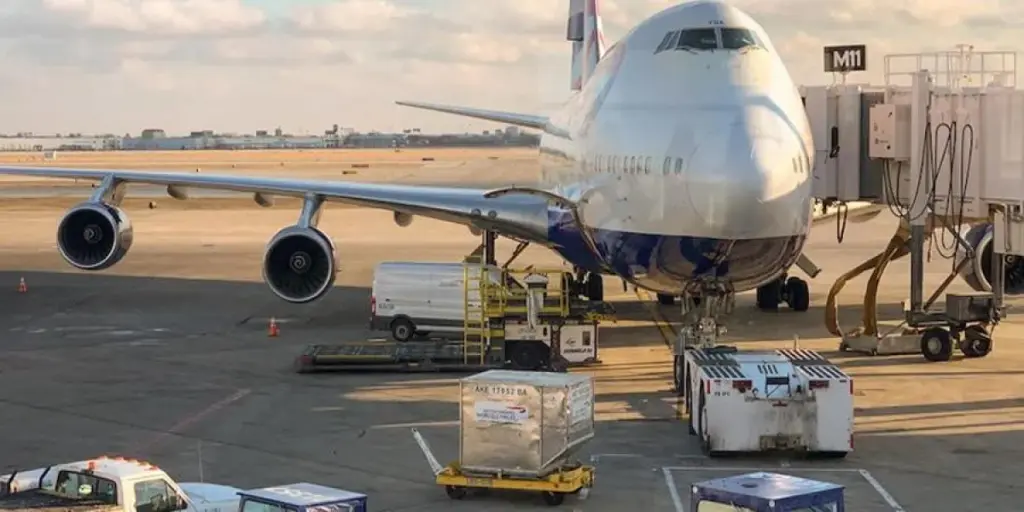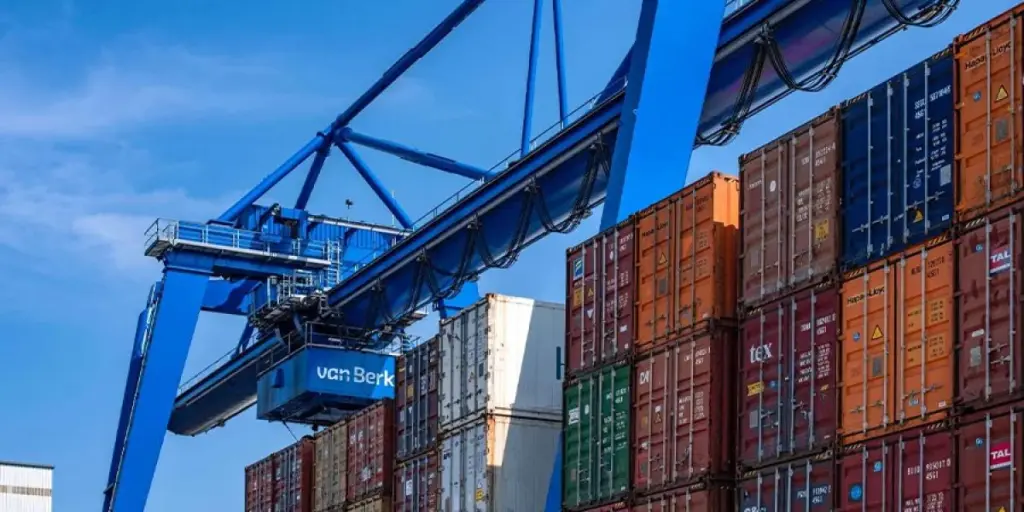Consider the process of delivering an urgent, high-value parcel to a customer on short notice, and the sense of relief that follows once the customer confirms receipt. More often than not, this relief stems not only from the satisfaction of completing the task but also from the reassurance that the risk of the parcel being lost or damaged has now been transferred to the recipient.
Thankfully, in the realm of Business-to-Business (B2B) commercial trade, various International Commercial Terms (Incoterms) rules are in place to help define and clarify when and how the risks of B2B transactions are appropriately transferred and distributed between the sellers and the buyers. The scenario described earlier, for example, is particularly relevant to the Delivered At Place (DAP) Incoterm, which places relatively minor risks on the buyer.
Read on to understand the definition of DAP, the cost burdens, and the responsibilities and liabilities between the seller and buyer under this Incoterm, as well as its impact on shipping arrangements and how buyers can opt for this Incoterm to minimize their risk and maximize efficiency.
Table of Contents
Understanding DAP Incoterms
Key responsibilities and liabilities under DAP Incoterms
Cost burden and financial implications
Practical buyer insights to optimize efficiency with DAP
Right to the destination
Understanding DAP Incoterms

True to its name, DAP Incoterms signifies that the seller must deliver the goods to the buyer’s designated location, often the buyer’s warehouse, covering all delivery-related costs and risks up to that point, with only two crucial tasks at the final destination remaining the responsibility of the buyers—the import customs clearance process and the unloading procedures at the specified delivery destination.
As one of the most buyer-friendly Incoterms 2020 rules set by the International Chamber of Commerce (ICC), DAP can be applied across all modes of transportation, including cases where multiple modes are involved.
Key responsibilities and liabilities under DAP Incoterms

Seller’s responsibilities and liabilities
As defined under the framework of DAP Incoterms, the seller’s responsibilities and liabilities are primarily divided into three main aspects: export clearance, carriage arrangement, and cost allocation of the entire journey up to the named location. Specifically, in relation to the export clearance process, the seller is fully responsible for handling the entire export and transit process, including tasks to ensure that the cargo is properly positioned for buyers to complete the unloading process.
It is worth noting that while the DAP rule requires the seller to provide the buyer with adequate notice of the goods’ delivery status within the agreed timeframe, the seller is not obligated to insure the goods for the buyer under this term.

In summary, the seller bears all risks of loss or damage to the goods, and the risk remains with the seller if the goods have not yet been delivered to the agreed location in accordance with the contract, except in specific circumstances where the buyer must assume the risk responsibilities despite this agreement. More details about this are covered in the next section under the buyer’s responsibilities and liabilities.
Buyer’s responsibilities and liabilities

In contrast to the seller’s responsibility, which covers most of the journey, the buyer’s responsibilities revolve around the final leg of the journey and place emphasis on the import process, including all paperwork, import clearance, and managing the unloading tasks at the final destination.
This arrangement also signifies that all the risks and liabilities are transferred post-delivery of the goods, meaning the risk of loss or damage is transferred to the buyer only when the seller delivers the goods to the buyer’s designated location and fulfills all delivery obligations. The seller is considered to have completed their tasks when the buyer also receives sufficient notice about the delivery time and location.
However, it’s worth noting that there are exceptional situations when the risks of goods are transferred to the buyer even before reaching the destination. For example, this occurs when buyers fail to meet their obligations related to import clearance or fail to provide the required notifications to the seller on the delivery timing or location within the agreed timeframe. When such situations arise, the buyer must assume the risk from the agreed date or from the date when such obligations should have been met, as long as the goods are clearly marked as those specified in the contract.
Cost burden and financial implications
Financial responsibilities of sellers

The financial responsibilities of sellers under DAP Incoterms are pretty straightforward since they are aligned with all their key duties specified under this term. As such, all the delivery-related expenses, including the primary carriage costs and export clearance fees, such as export duties and the associated export and transit documentation preparation fees, are all included under sellers’ obligations.
In short, sellers are obligated to cover all shipping expenses and any potential losses under DAP but do not need to handle any unloading costs at the delivery destination or any fees related to import customs clearance.
Financial responsibilities of buyers

The financial responsibilities of buyers are relatively simple compared to those of sellers since their financial burdens are focused on post-delivery responsibilities only, covering mainly all import customs clearance fees including import taxes and duties, and all applicable unloading costs.
Essentially, all financial responsibilities and risks are transferred to the buyers post-delivery, which means buyers may also need to cover the costs for transportation from the delivery point to the final destination if it is not the final destination.
Practical buyer insights to optimize efficiency with DAP

Risk management
Buyers can safely opt for the DAP Incoterm when it comes to risk management since DAP is one of the most favorable Incoterms for buyers– with the delivery risks only transferred to them upon arrival at the designated delivery location. This also makes the DAP term particularly advantageous for buyers who are proficient in handling post-delivery tasks.
On the flip side, the obligation to manage import clearance may also serve as a double-edged sword for the buyers, especially in the event that they are not quite familiar with the required import customs process and compliance. Consequently, the buyers may face potential import delays and additional costs.
Cost and logistics efficiency

With regard to cost management and logistics efficiency, since the DAP term offers precise clarity on the cost responsibilities of both parties, the cost burden of buyers is limited to post-delivery expenses. In terms of logistics efficiency, buyers also enjoy the flexibility in choosing the final delivery destinations and their preferred modes of transportation, they can hence arrange the most appropriate transportation method based on their needs.
Such flexibility in logistics arrangement can be particularly advantageous to buyers who have better local logistics knowledge, knowing clearly where the available transportation options and warehousing facilities are. In essence, these flexibilities grant buyers greater control over costs and transport logistics.
Convenience and strategic application
With sellers handling the bulk of the transportation tasks, DAP serves as a convenient option that simplifies the entire logistics process for buyers. Buyers who prefer to focus on local compliance and delivery tasks rather than managing the shipping process will appreciate this Incoterm for the convenience it offers.
However, convenience aside, it’s imperative for buyers to clearly define and confirm the exact delivery point with the sellers. This is crucial for them not only because the risk transfers to the buyers when the goods reach the destination but also because, according to the DAP Incoterms rules specified by the ICC, it is mandatory for buyers to provide notice regarding the exact delivery location.
Right to the destination

DAP Incoterm places most transportation and export responsibilities, along with the corresponding risks on the sellers until the goods reach the final destination. The buyers only assume the import clearance and unloading risks upon arrival of the goods.
In this arrangement, sellers handle all relevant delivery and export clearance costs, whereas buyers manage only the post-delivery expenses. Buyers can fully leverage DAP if they are adept at managing local transportation and import customs clearance requirements.
Discover more expert logistics insights and strategies as well as valuable wholesale business tips with Alibaba.com Reads today. Visit Alibaba.com Reads regularly to stay ahead of market trends and get inspiration for innovative business ideas that drive success.




